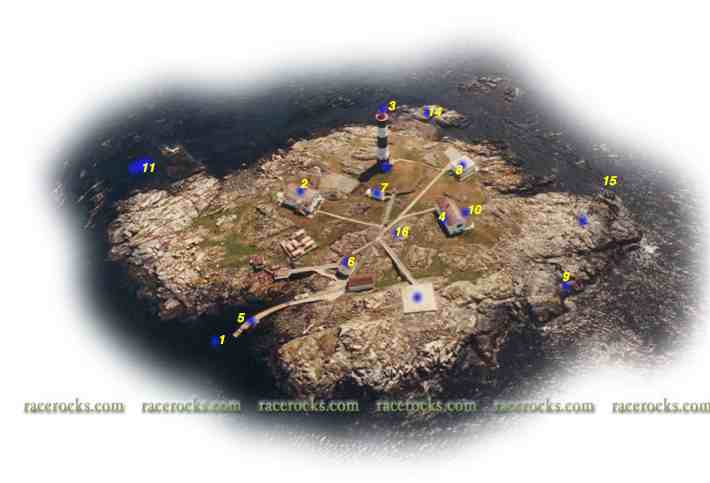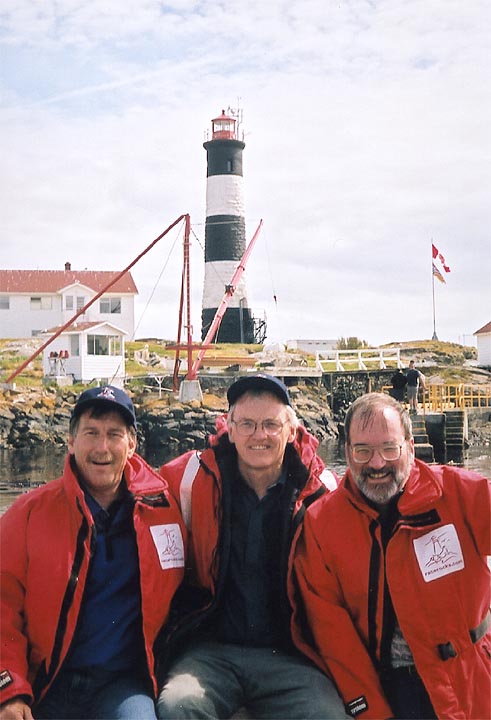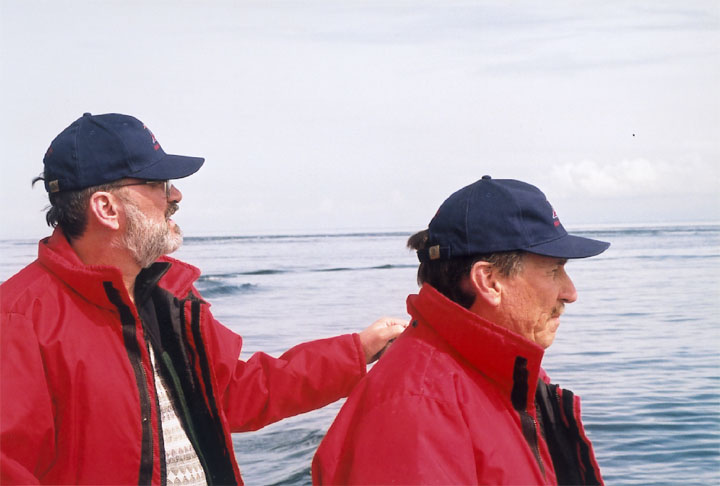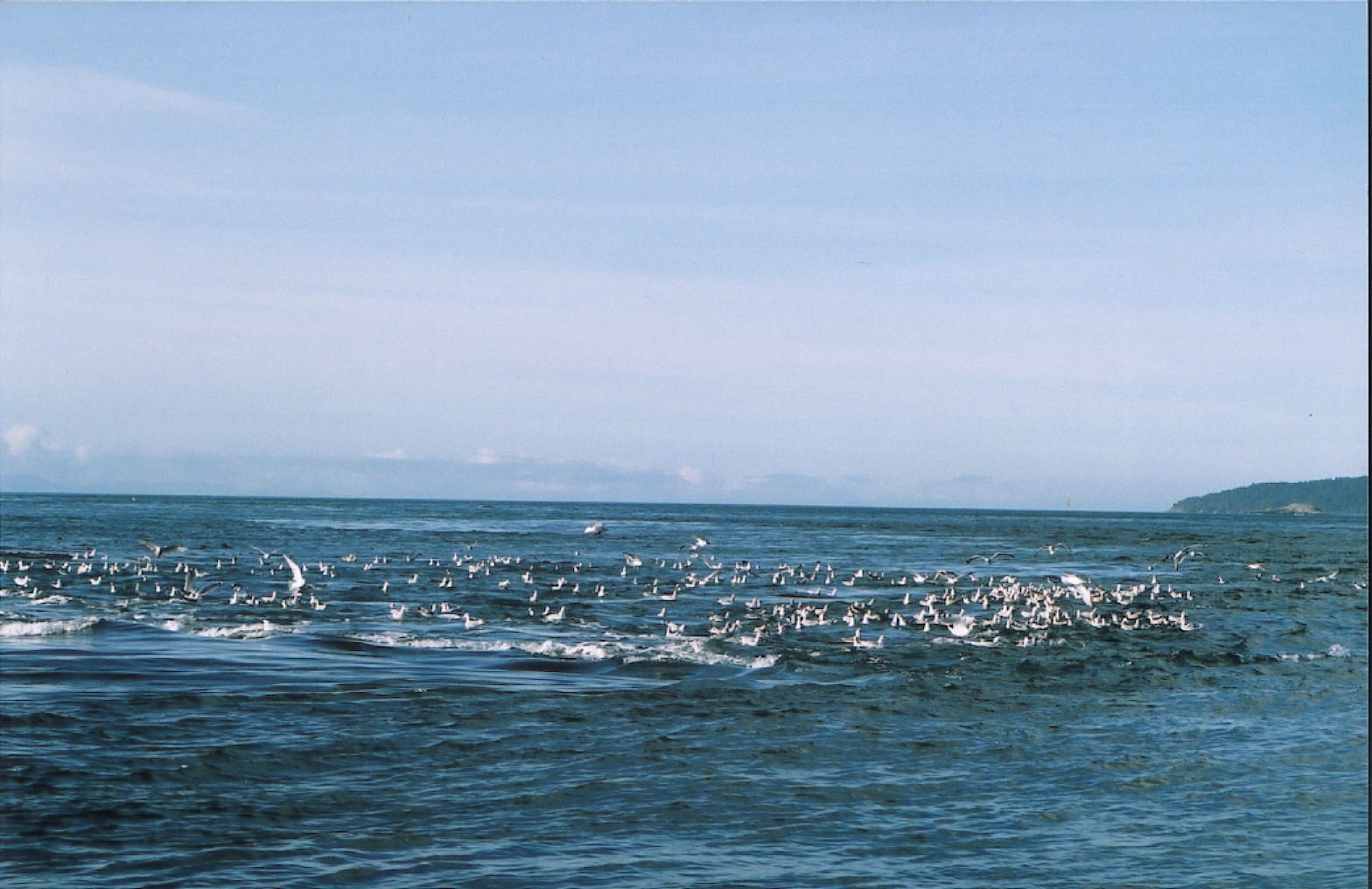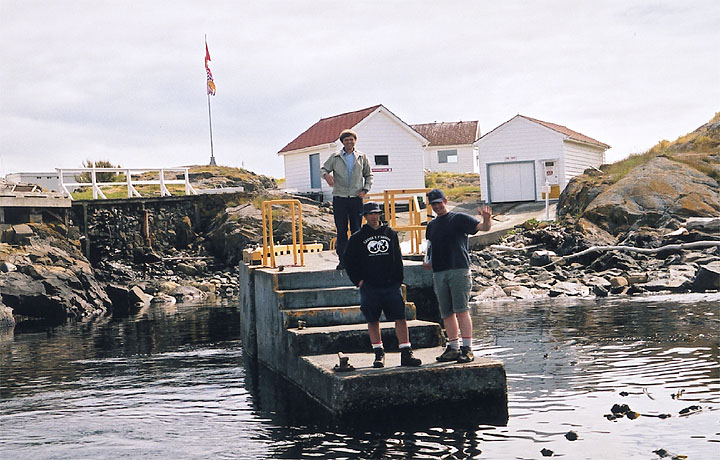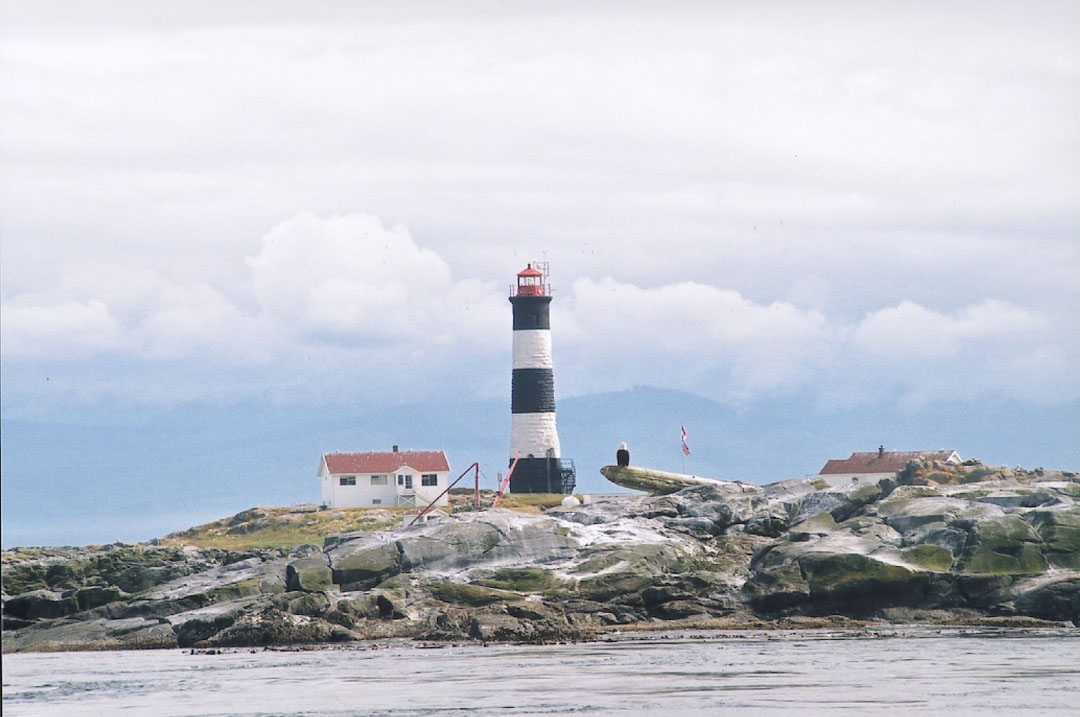 s including Pearson College and The Canadian Coastguard. The environmental integrity of the site is often jeopardised to bring diesel fuel to the site and the noise pollution on the site due to the diesel generators is significant. IESVic has stepped forward to evaluate the potential of renewable energy sources on-site to power a sustainable energy system. A preliminary study was performed as an innovative graduate course at the University of Victoria that exposed students to sustainable energy system design. Our conclusion is that with Tidal currents of up to 3.7 m/s, average winds of 21.6 km/h and large amounts of solar insolation, there are ample renewable resources available on the site to develop a sustainable integrated energy system capable of providing reliable power for the site. Race Rocks is therefore ideally
s including Pearson College and The Canadian Coastguard. The environmental integrity of the site is often jeopardised to bring diesel fuel to the site and the noise pollution on the site due to the diesel generators is significant. IESVic has stepped forward to evaluate the potential of renewable energy sources on-site to power a sustainable energy system. A preliminary study was performed as an innovative graduate course at the University of Victoria that exposed students to sustainable energy system design. Our conclusion is that with Tidal currents of up to 3.7 m/s, average winds of 21.6 km/h and large amounts of solar insolation, there are ample renewable resources available on the site to develop a sustainable integrated energy system capable of providing reliable power for the site. Race Rocks is therefore ideallyRace Rocks Sustainable Energy System Development
 s including Pearson College and The Canadian Coastguard. The environmental integrity of the site is often jeopardised to bring diesel fuel to the site and the noise pollution on the site due to the diesel generators is significant. IESVic has stepped forward to evaluate the potential of renewable energy sources on-site to power a sustainable energy system. A preliminary study was performed as an innovative graduate course at the University of Victoria that exposed students to sustainable energy system design. Our conclusion is that with Tidal currents of up to 3.7 m/s, average winds of 21.6 km/h and large amounts of solar insolation, there are ample renewable resources available on the site to develop a sustainable integrated energy system capable of providing reliable power for the site. Race Rocks is therefore ideally
s including Pearson College and The Canadian Coastguard. The environmental integrity of the site is often jeopardised to bring diesel fuel to the site and the noise pollution on the site due to the diesel generators is significant. IESVic has stepped forward to evaluate the potential of renewable energy sources on-site to power a sustainable energy system. A preliminary study was performed as an innovative graduate course at the University of Victoria that exposed students to sustainable energy system design. Our conclusion is that with Tidal currents of up to 3.7 m/s, average winds of 21.6 km/h and large amounts of solar insolation, there are ample renewable resources available on the site to develop a sustainable integrated energy system capable of providing reliable power for the site. Race Rocks is therefore ideally
